Exploring Holistic Approaches Beyond Surgery for Pain Relief
November 12, 2025
9 min

Understanding Holistic Pain Management
Definition of holistic pain management
Holistic pain management involves treating the whole person—mind, body, and spirit—rather than just focusing on symptoms. It emphasizes natural, non-invasive methods to relieve pain and promote overall wellness.
Prevalence and impact of chronic pain among adults
Chronic pain affects approximately 50 million Americans, with about 65% of adults over 65 experiencing persistent pain. This condition significantly reduces quality of life, often leading to physical limitations and emotional challenges such as anxiety and depression.
Importance of addressing both physical and mental aspects of pain
Effective pain management must consider both physical symptoms and their psychological impacts. Stress, anxiety, and poor sleep can increase pain perception, making integrated mind-body therapies essential for comprehensive relief.
Overview of holistic treatment approaches
Holistic approaches include therapies like chiropractic care, acupuncture, massage therapy, physical therapy, yoga, tai chi, and mindfulness practices. Lifestyle changes—such as healthy diet, regular exercise, and stress reduction—also play a central role in managing chronic pain naturally and sustainably.
Key Holistic Therapies for Managing Chronic Pain

Physical therapy benefits and techniques
Physical therapy plays a crucial role in managing chronic pain by improving strength, flexibility, and posture. Techniques often include core strengthening exercises, stretching, nerve stimulation, and posture retraining. These methods not only provide immediate relief but also strengthen muscles around pain points to help reduce pain long-term. Personalized exercises can improve range of motion and prevent pain from worsening, supporting a gradual return to activity. Explore more about Physical therapy for chronic pain.
Role of acupuncture and traditional Chinese medicine
Acupuncture, a well-recognized traditional Chinese medicine technique, involves inserting fine needles at specific body points. It helps stimulate nerves and muscles, promoting pain relief and releasing endorphins. Acupuncture is particularly effective for conditions like back pain, migraines, tension headaches, and pain related to cancer treatments. Though research on knee osteoarthritis is mixed, many patients find it beneficial as part of a holistic pain relief approach. Learn about the mechanisms of acupuncture in pain relief.
Massage therapy impacts on circulation and muscle tension
Massage therapy enhances blood and oxygen flow to affected areas, which relaxes the nervous system and reduces muscle tension. Different massage styles such as Swedish massage, deep tissue, and myofascial release provide relief for back, neck, shoulder, and osteoarthritis knee pain. Regular massage can also help alleviate fibromyalgia symptoms and improve circulation, contributing to overall wellness. Learn more about Massage therapy benefits.
Mindfulness, meditation, and stress reduction methods
Mindfulness techniques—including diaphragmatic breathing, guided imagery, hypnosis, and progressive muscle relaxation—are effective tools to reduce pain perception and anxiety. These methods promote relaxation and help modulate the brain’s response to pain. Additionally, stress reduction strategies like meditation and journaling support lowering muscle tension, which can exacerbate chronic pain. See also Mindfulness techniques for pain.
Yoga and tai chi as gentle movement practices
Yoga and tai chi emphasize breath control, meditation, and gentle movement. Both practices improve flexibility, stability, and strength while positively influencing pain perception. They are beneficial for chronic conditions such as arthritis, fibromyalgia, and low back pain. Tai chi additionally enhances balance and joint function, making it a valuable practice for individuals managing chronic pain. Find out more about Yoga and Tai Chi for pain management.
Integrating these holistic therapies offers patients a comprehensive, patient-centered approach to chronic pain management, emphasizing natural and sustainable pain relief methods that enhance quality of life.
Integrating Lifestyle Changes to Support Pain Relief

Dietary modifications to reduce inflammation
Adopting an anti-inflammatory diet can play a significant role in managing chronic pain. This involves reducing intake of trans fats, refined sugars, and processed foods while increasing consumption of leafy greens, berries, nuts, fish, and other whole foods known for their anti-inflammatory properties. Such dietary changes may help lessen inflammation that contributes to pain, especially in conditions like arthritis and fibromyalgia.
Importance of quality sleep and sleep hygiene
Quality sleep is crucial for pain management. Poor sleep can worsen pain and impair healing. Establishing a regular sleep routine, improving sleep hygiene, and addressing sleep disorders can facilitate restorative sleep. Techniques such as keeping a consistent sleep schedule, creating a relaxing bedtime environment, and avoiding stimulants late in the day support better sleep, which in turn can reduce pain sensitivity. Learn more about restorative sleep for pain management.
Exercise and movement's role in retraining body and brain
Gentle, mindful exercise is a cornerstone of holistic pain relief. Activities such as walking, yoga , tai chi , swimming, and stretching enhance muscle strength, flexibility, and joint function, while also retraining the brain to modify pain perceptions. Physical therapy tailored to individual needs can improve mobility and provide both immediate and long-term pain reduction.
Managing stress through breathing exercises and relaxation
Stress often exacerbates chronic pain by increasing muscle tension and altering pain sensitivity. Mindfulness techniques—such as diaphragmatic breathing, guided imagery, progressive muscle relaxation, and meditation—help calm the nervous system. These relaxation strategies reduce anxiety and muscle tension, resulting in lowered pain intensity and improved physical functioning.
Benefits of maintaining social support networks
Emotional well-being significantly influences pain management outcomes. Maintaining connections through family, friends, support groups, or pain management communities provides essential emotional support. Sharing experiences and coping strategies helps reduce feelings of isolation and empowers individuals to engage more actively in their healing journey. Read more about social support for pain patients.
Advanced Non-Invasive Techniques and Complementary Therapies

Platelet-rich plasma and stem cell therapies
Innovative regenerative treatments such as platelet-rich plasma (PRP) and stem cell therapies are gaining traction as natural methods to stimulate tissue healing and reduce chronic pain. These therapies involve injecting concentrated platelets or stem cells to promote repair of damaged joints, ligaments, and cartilage, providing an alternative to invasive surgery.
Trigger point and joint injections as part of broader plans
Trigger point injections target tight muscle knots that contribute to pain, particularly in the neck, shoulders, and upper back. Joint injections, including corticosteroids and hyaluronic acid, help reduce inflammation and improve mobility. These injections are most effective when integrated into a comprehensive pain management program including physical therapy and lifestyle changes.
Chiropractic care focusing on spinal alignment and function
Chiropractic treatment emphasizes realigning and manipulating the spine and neck to relieve pain and restore function. Evidence-based chiropractic spinal adjustments can improve posture, reduce nervous system irritation, and enhance overall mobility, offering a drug-free, non-invasive option for managing musculoskeletal pain. Learn more about chiropractic care in Torrance and its holistic approaches.
Biofeedback and EMG for muscle tension management
Biofeedback, using electromyographic (EMG) technology, helps patients identify and consciously control muscle tension that worsens pain. This mind-body technique teaches relaxation strategies to decrease muscle tightness, thus reducing discomfort and improving function. Explore biofeedback for pain management techniques.
Use of topical treatments and heat/cold therapy
Topical products such as gels, creams, and patches provide localized pain relief by reducing inflammation and relaxing muscles. Heat therapy relaxes tight muscles and promotes circulation, while cold therapy decreases inflammation and numbs painful areas. These modalities are safe, accessible tools that complement other holistic treatments in managing pain effectively.
Tailoring Holistic Plans to Individual Needs and Community Resources

Comprehensive patient evaluation and treatment planning
An effective holistic pain management plan starts with a thorough patient evaluation. Clinics like Back in Action Bodyworks Torrance provide comprehensive assessments to customize treatments addressing specific pain conditions, mobility issues, and lifestyle factors. This personalized approach ensures therapies target the root causes instead of merely alleviating symptoms.
Role of multidisciplinary teams including nutritionists and therapists
Holistic care often involves multidisciplinary collaboration. Integrative programs incorporate chiropractors, physical therapists, nutritionists, and behavioral health specialists to create well-rounded care plans. Nutritionists advise on anti-inflammatory diets rich in vegetables, leafy greens, and omega-3 fatty acids, supporting pain reduction and overall wellness. Therapists guide exercise, mindfulness, and stress management techniques essential for holistic approaches to pain management.
Importance of ongoing assessment and communication
Continuous monitoring and open communication between patients and healthcare providers are critical. Adjusting treatment plans based on progress and patient feedback helps optimize outcomes. This dynamic approach allows timely incorporation of new therapies or modifications tailored to evolving patient needs.
Telehealth options facilitating access in regions like Torrance, California
Telehealth has become a valuable tool, especially in communities such as Torrance. It offers remote access to physical therapy, health coaching, and psychological support, allowing patients to engage in holistic care conveniently. Digital programs like those from Hinge Health provide personalized exercise regimens accessible from home, promoting consistent participation in pain management routines.
Community involvement and patient testimonials emphasizing effectiveness
Local clinics emphasize community connection by sharing patient testimonials highlighting successful pain relief and improved quality of life. These stories build trust and encourage others to pursue holistic musculoskeletal health services. Community engagement also includes educational support and stress-reduction workshops that enrich the multidisciplinary approaches to holistic pain experience.
The Evidence and Patient Experience Behind Holistic Pain Relief

What does research say about the efficacy and safety of holistic methods?
Extensive research supports the safety and effectiveness of holistic pain relief strategies. For example, a 2022 review of 15 studies highlighted that alternative methods such as acupuncture, physical therapy, and massage significantly reduce chronic musculoskeletal pain without the adverse side effects commonly associated with medications. Techniques including mindfulness meditation and yoga also modify brain activity related to pain perception, offering non-drug alternatives to pain relief.
How do clinical programs and institutional reviews validate holistic care?
Programs like the Cleveland Clinic's Holistic Pain Management Program illustrate mainstream acceptance of integrative approaches. These programs use evidence-based techniques such as chiropractic care, acupuncture, and yoga alongside nutritional counseling and physical therapy. Multidisciplinary teams tailor personalized treatment plans, leveraging both traditional and complementary therapies to enhance patient outcomes.
What benefits do patients experience from holistic pain management?
Patients benefit by reducing reliance on medications, particularly opioids, and often avoid the risks associated with invasive surgeries. Holistic approaches target pain's root causes, improve mobility, and enhance overall wellness. Many report improved quality of life, decreased anxiety, and better physical function through mindfulness, acupuncture, massage, and gentle exercise like tai chi and yoga.
What challenges exist with holistic therapies?
One key challenge is that holistic methods often require longer durations to show significant results compared to pharmacological interventions. Patients must practice patience and often need individualized, professionally guided plans to achieve sustainable relief. Moreover, responses to treatments vary, necessitating ongoing communication between patients and healthcare providers to tailor care effectively.
What are the future directions in integrating holistic care?
The future promises greater integration of holistic approaches with conventional medicine. Telehealth platforms now facilitate personalized exercise therapy, expanding access to physical therapy and movement-based care. Collaborations among specialists in nutrition, behavioral health, and complementary medicine foster comprehensive, patient-centered care models focused on long-term wellness rather than only symptom control.
Holistic Care as a Viable, Sustainable Alternative to Surgery for Pain Management
Benefits of Non-Surgical Holistic Therapies
Holistic pain management methods such as chiropractic care, acupuncture, massage, physical therapy, yoga, and mindfulness techniques offer effective relief while minimizing risks associated with surgical interventions. These approaches improve mobility, reduce inflammation, and foster natural healing through personalized exercises and stress reduction.
Personalized Treatment Encouragement
Patients are encouraged to explore tailored treatment plans that integrate multiple therapeutic modalities suited to their unique pain conditions and lifestyles. Collaborative care ensures therapies evolve with patient progress for optimal long-term outcomes.
Role of Healthcare Providers
Healthcare professionals play a pivotal role by listening attentively, guiding patient choices, and coordinating multidisciplinary support to safely implement these alternative treatments. Their expertise fosters trust and promotes adherence to natural, sustainable pain relief strategies.
Vision for Broader Acceptance
Growing evidence supports wider adoption and integration of holistic therapies within conventional medical frameworks. This vision promotes accessible, patient-centered care that emphasizes wellness and empowers individuals to manage pain effectively without unnecessary surgery.
Recent articles

Effective Corrective Exercises for Sustainable Pain Management

Taking a Root Cause Approach to Chronic Pain Management

Holistic Pain Management Techniques Without Surgery

How Patient Success Stories Validate Chiropractic Care Benefits

Spinal Decompression: Innovative Treatment for Sciatic Nerve Pain

Spinal Decompression Therapy: A Non-Invasive Approach to Sciatica Relief

Exploring Holistic Approaches Beyond Surgery for Pain Relief

Practical Lifestyle Advice to Support a Healthy Spine Every Day

Corrective Exercise Routines Designed for Long-Term Pain Prevention

Real Patient Stories: Overcoming Chronic Pain with Chiropractic Care

Lifestyle Changes That Promote a Healthy Spine and Prevent Injury

How Addressing the Root Cause of Pain Leads to Lasting Relief

Non-Surgical Holistic Therapies to Manage Chronic Pain Effectively

Nutritional Counseling's Impact on Physical Health and Healing

Benefits of Regular Chiropractic Care for a Stronger Back

Your First Chiropractic Visit: What to Expect and How to Prepare

Patient Experiences: How Chiropractic Care Transformed Their Lives

Exploring Holistic, Non-Surgical Options for Pain Management

Combining Physiotherapy with Chiropractic Treatments for Enhanced Recovery

Holistic Treatments That Offer Alternatives to Surgery for Pain Relief

Corrective Exercise Strategies for Long-Term Spine Health

How Physiotherapy Complements Chiropractic Adjustments for Better Outcomes

First-Time Chiropractic Visitors: What You Should Know

Understanding the Importance of Treating Pain at Its Source

Adopting Lifestyle Changes to Support Your Spine's Wellness

Utilizing Physiotherapy to Enhance Chiropractic Treatment Outcomes

The Key Advantages of Chiropractic Care for Back Pain Sufferers

Why Focusing on Root Causes Improves Pain Treatment Success

Corrective Exercises That Promote Lasting Pain Relief and Mobility

Sciatica Relief Through Targeted Spinal Decompression Techniques

Preparing for Your First Chiropractic Appointment with Confidence

Healthy Lifestyle Habits for Maintaining Spinal Alignment

Success Stories Highlighting Chiropractic's Role in Pain Recovery

Top Benefits of Chiropractic Care for Chronic Back Pain

Nutrition Tips to Boost Your Overall Wellness and Recovery

How Chiropractic Care Alleviates Back Pain Naturally

How Nutritional Counseling Supports Overall Wellness and Spine Health

Step-by-Step Guide to Your First Visit with a Chiropractor

Using Nutrition to Support Chiropractic and Overall Wellness

Integrating Physiotherapy in Your Chiropractic Healing Journey

How Physiotherapy Complements Chiropractic Adjustments for Faster Healing

Lifestyle Tips for Maintaining a Healthy Spine and Preventing Back Pain

Heartwarming Patient Testimonials Highlighting Chiropractic Success

How Proper Nutrition Supports Chiropractic and Physiotherapy Treatments

Combining Physiotherapy and Chiropractic Treatments for Optimal Recovery

Why Chiropractic Treatments Are Effective for Managing Back Pain

Choosing a Chiropractor: Tips for Finding a Trusted Provider

Integrating Physiotherapy and Chiropractic: Benefits and What to Expect

How Tailored Corrective Exercises Can Aid in Pain Management

Chiropractic Care: A Proven Solution for Alleviating Back Pain

What to Expect at Your First Chiropractic Visit: A Comprehensive Guide

The Importance of Root Cause Analysis in Effective Pain Management
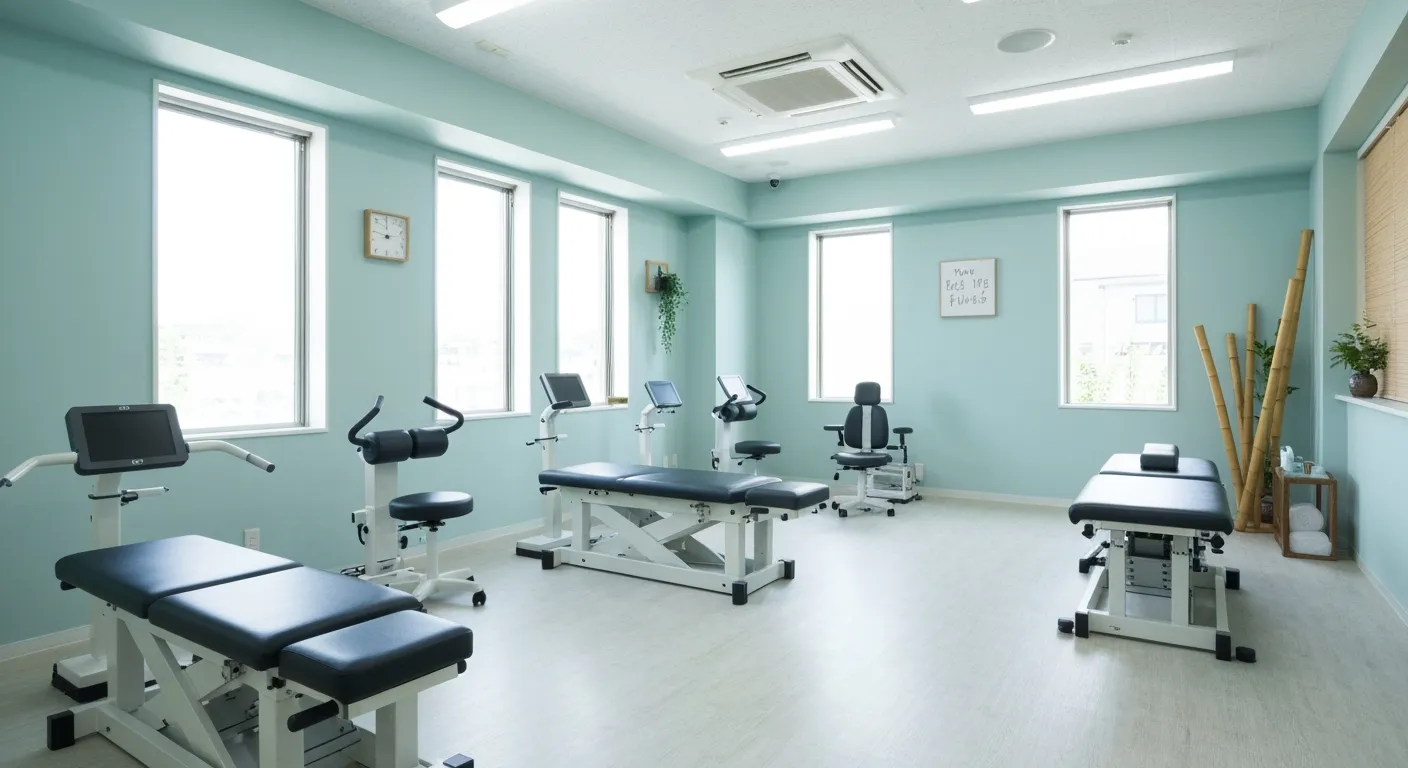
The Role of Corrective Exercises in Sustaining Pain-Free Living

Combining Chiropractic and Physiotherapy for Comprehensive Pain Relief

How Addressing Underlying Causes Improves Pain Treatment Effectiveness

Maintaining Spinal Health Through Lifestyle Changes and Preventive Care

Understanding the Benefits of Chiropractic Adjustments for Back Pain Sufferers

Spinal Decompression Therapy: A New Hope for Sciatica Relief

Lifestyle Recommendations to Support a Healthy Spine and Reduce Pain
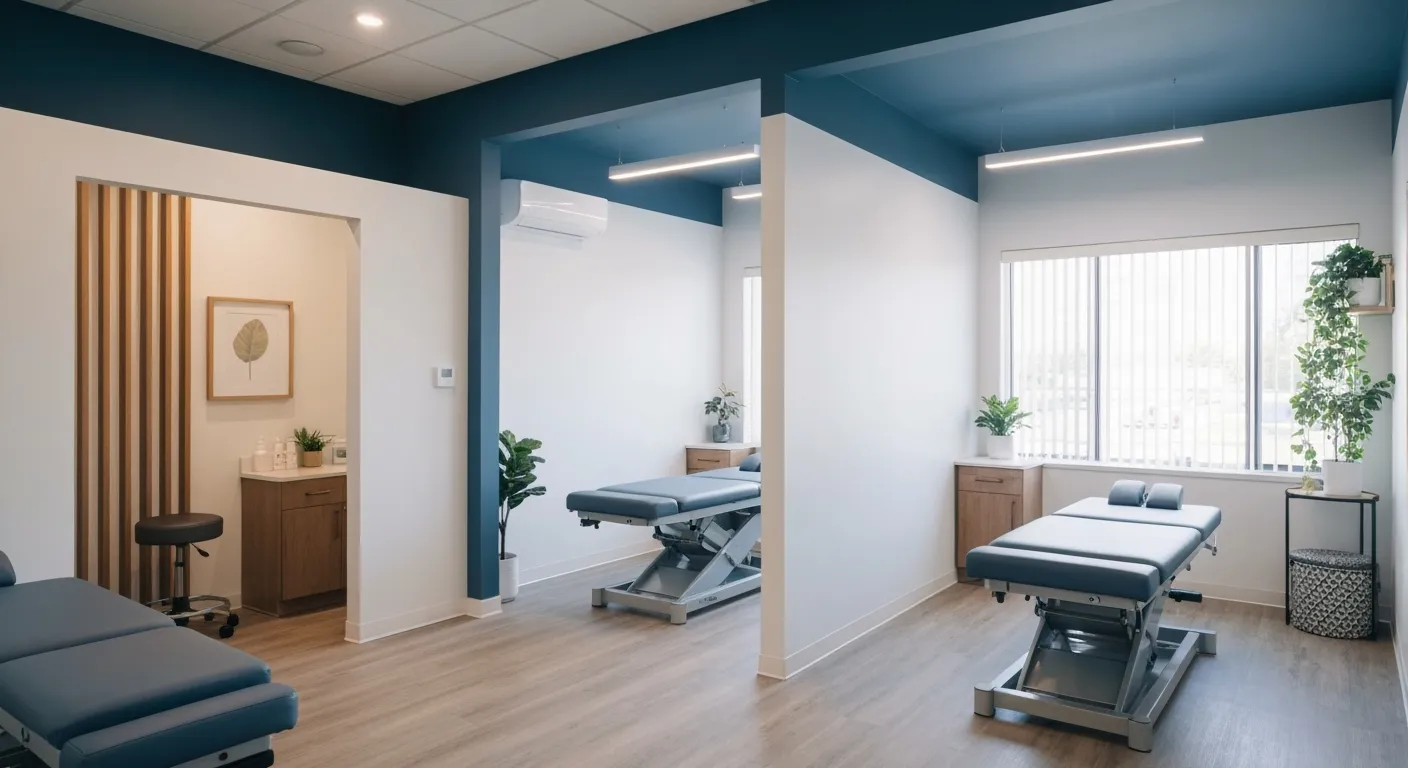
Choosing the Right Chiropractor: Key Factors to Consider Before Your First Appointment

Non-Invasive Treatment Alternatives: A Holistic Approach to Pain Relief

Corrective Exercises to Support Long-Term Relief from Chronic Pain

Exploring Non-Surgical Approaches to Spine Health and Wellness

Tips for Daily Habits That Keep Your Spine Strong

Success Stories: How Chiropractic Treatments Changed Lives

Why Focusing on the Root Cause of Pain Leads to Better Outcomes
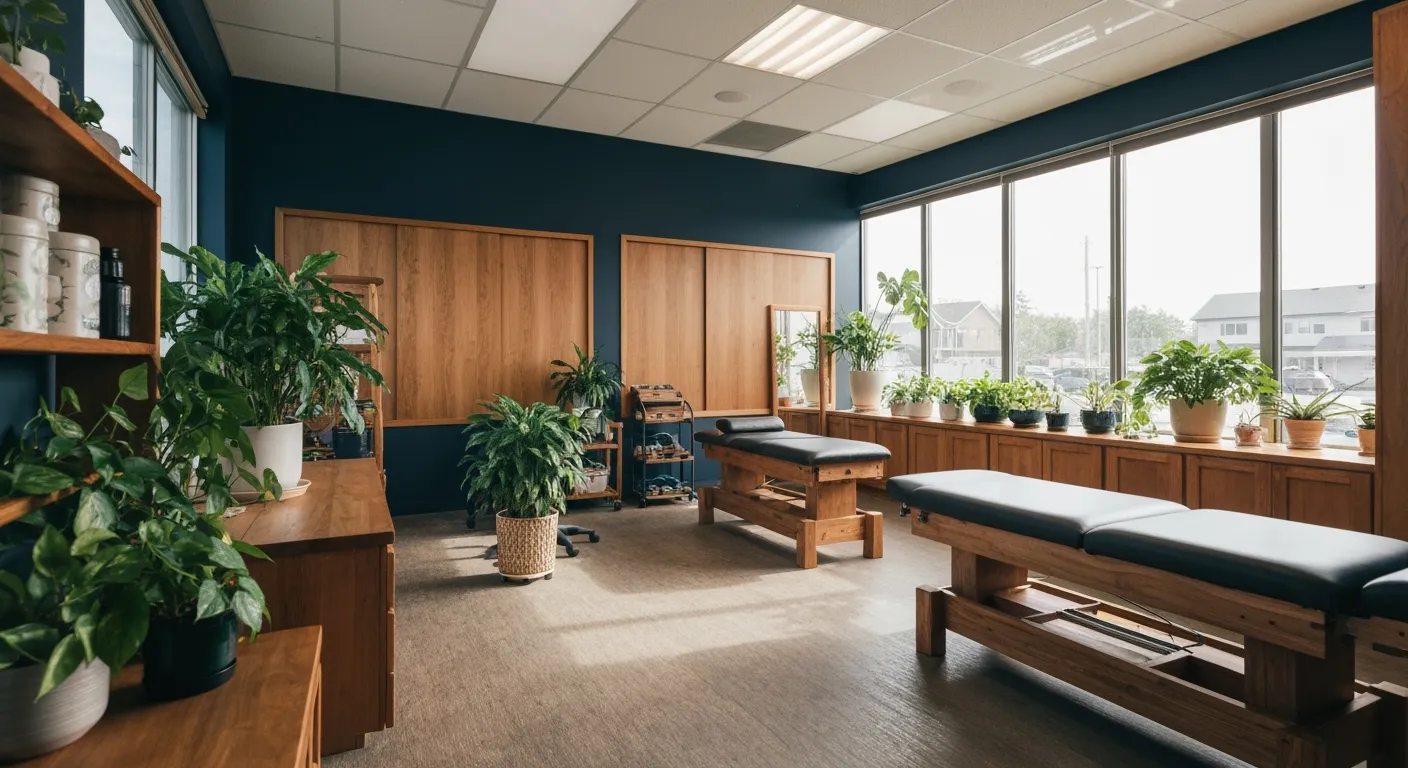
Nutritional Counseling and Its Impact on Overall Wellness and Recovery

Patient Testimonials That Showcase the Power of Chiropractic Care

Preparing for Your First Chiropractic Appointment: What You Need to Know
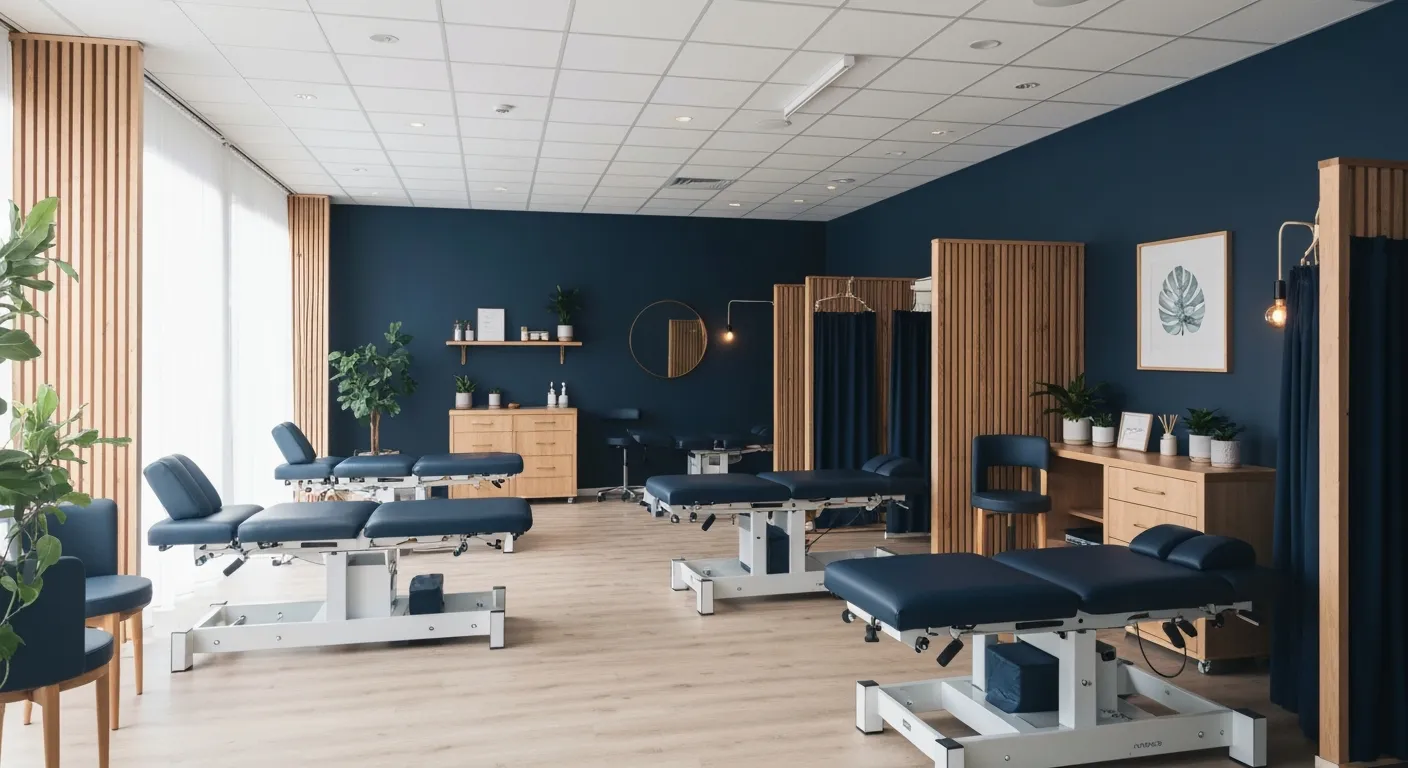
Holistic Treatment Options: Beyond Surgery for Pain Relief

Holistic Pain Relief Methods That Avoid Surgery

Nutritional Strategies for Supporting Spine Health and Recovery

First Chiropractic Visit: What Happens and How to Prepare

Chiropractic Patient Success Stories: Inspiring Journeys to Wellness
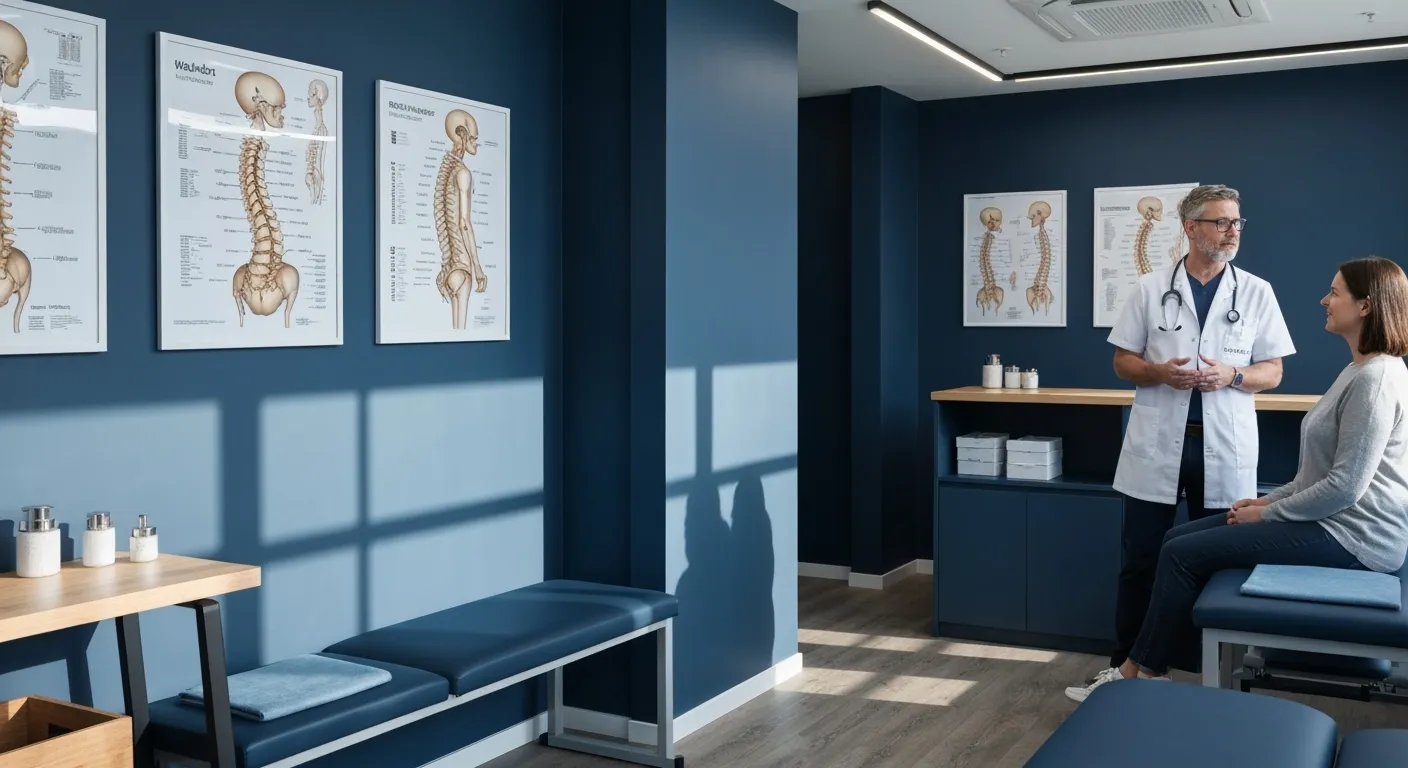
Effectiveness of Spinal Decompression Therapy in Managing Sciatic Nerve Pain

Addressing Pain at Its Source: Why Treating the Root Cause Matters

Corrective Exercise Programs Designed for Long-Term Pain Prevention

Healthy Lifestyle Advice for Maintaining Spinal Alignment
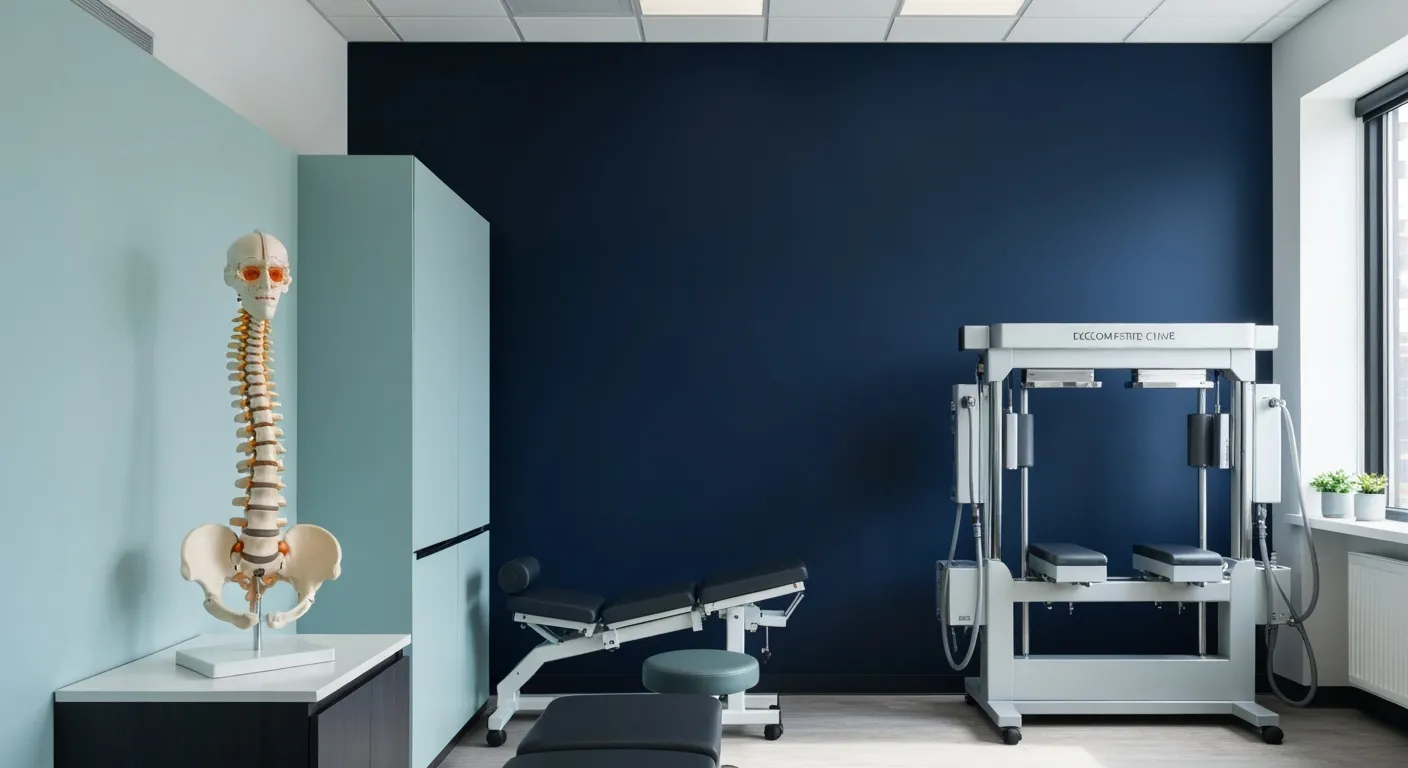
Understanding Spinal Decompression as a Treatment for Sciatica Pain
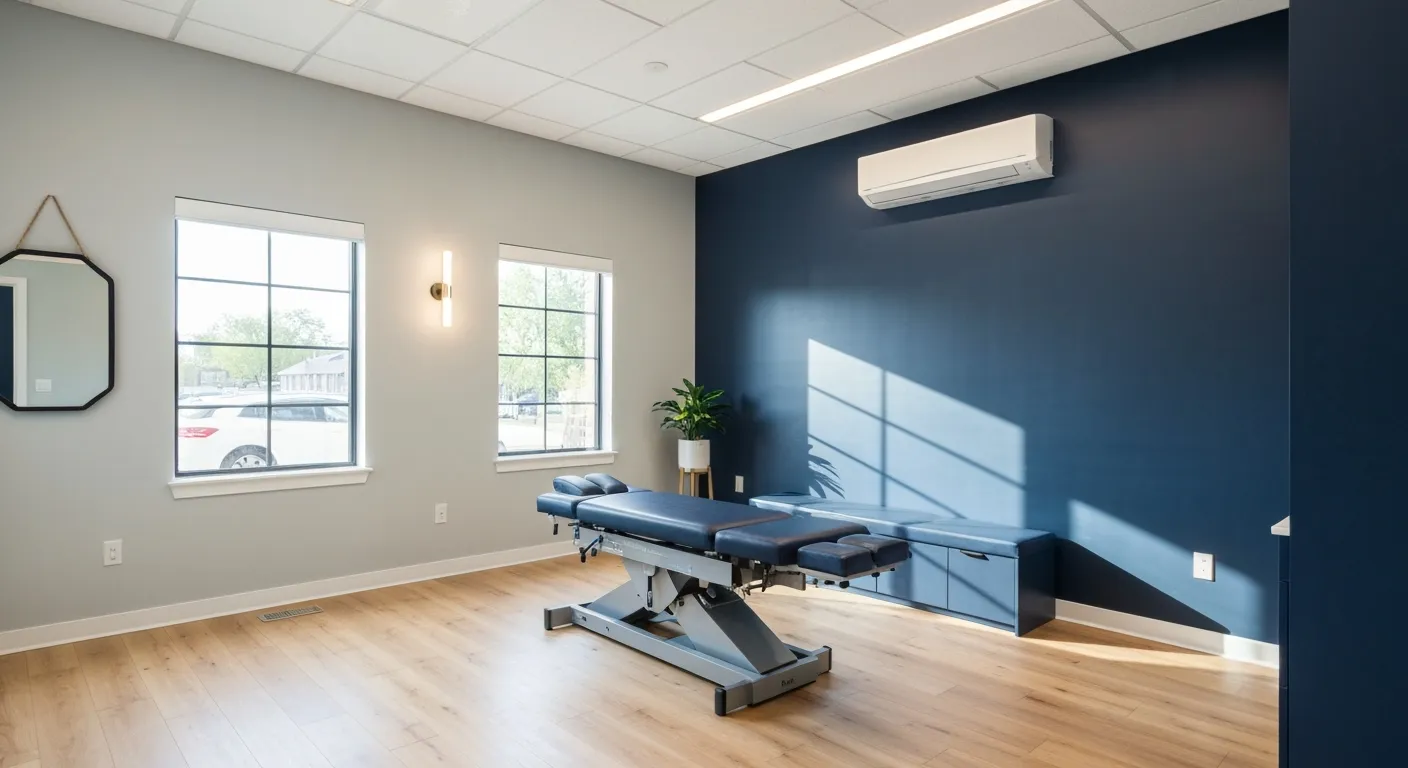
Benefits of Chiropractic Care Specifically for Back Pain Relief

Understanding Gait Analysis in Physiotherapy
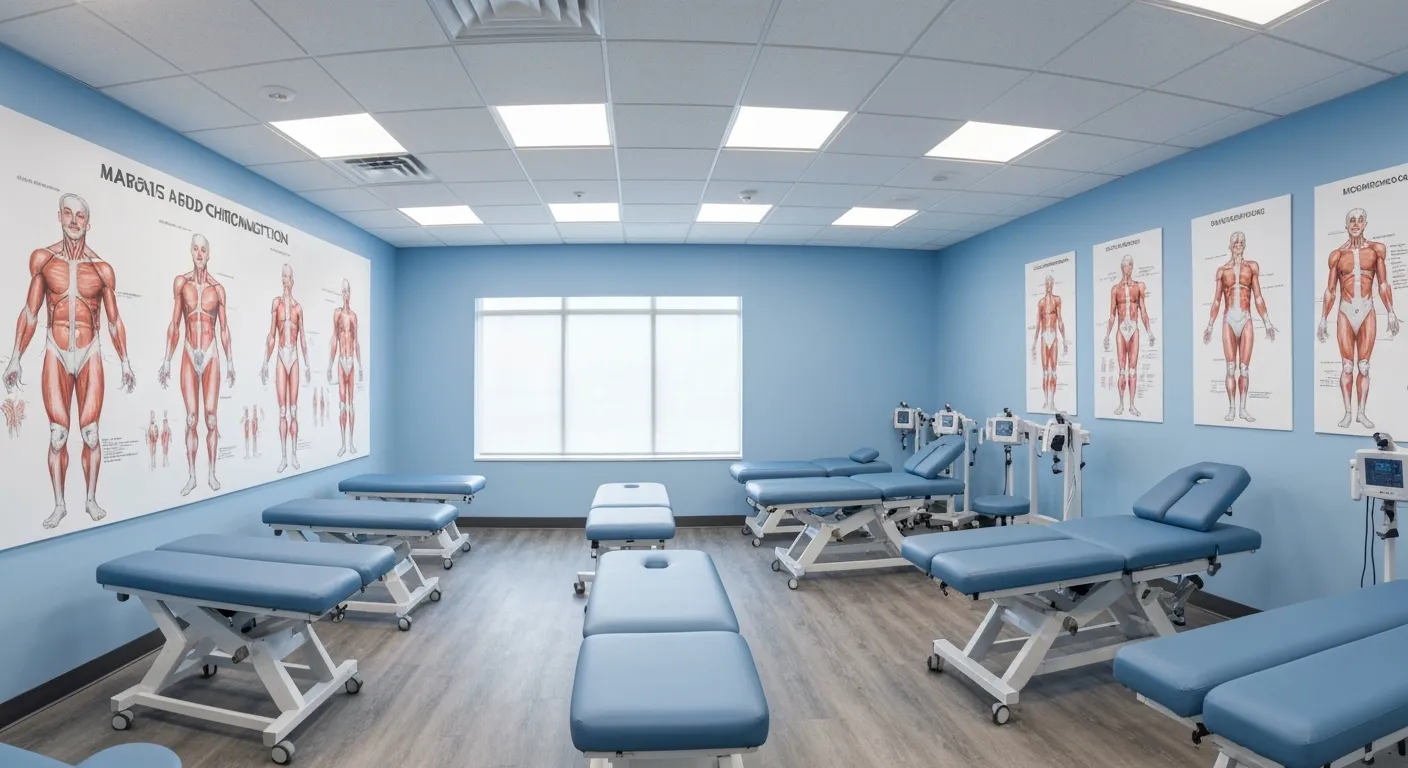
The Difference Between Muscle Soreness and Dysfunction

Workplace Stress Statistics: How Muscle Tension Impacts Productivity

How Physiotherapy Improves Mobility for Seniors

How to Communicate Pain Levels to Your Therapist Effectively
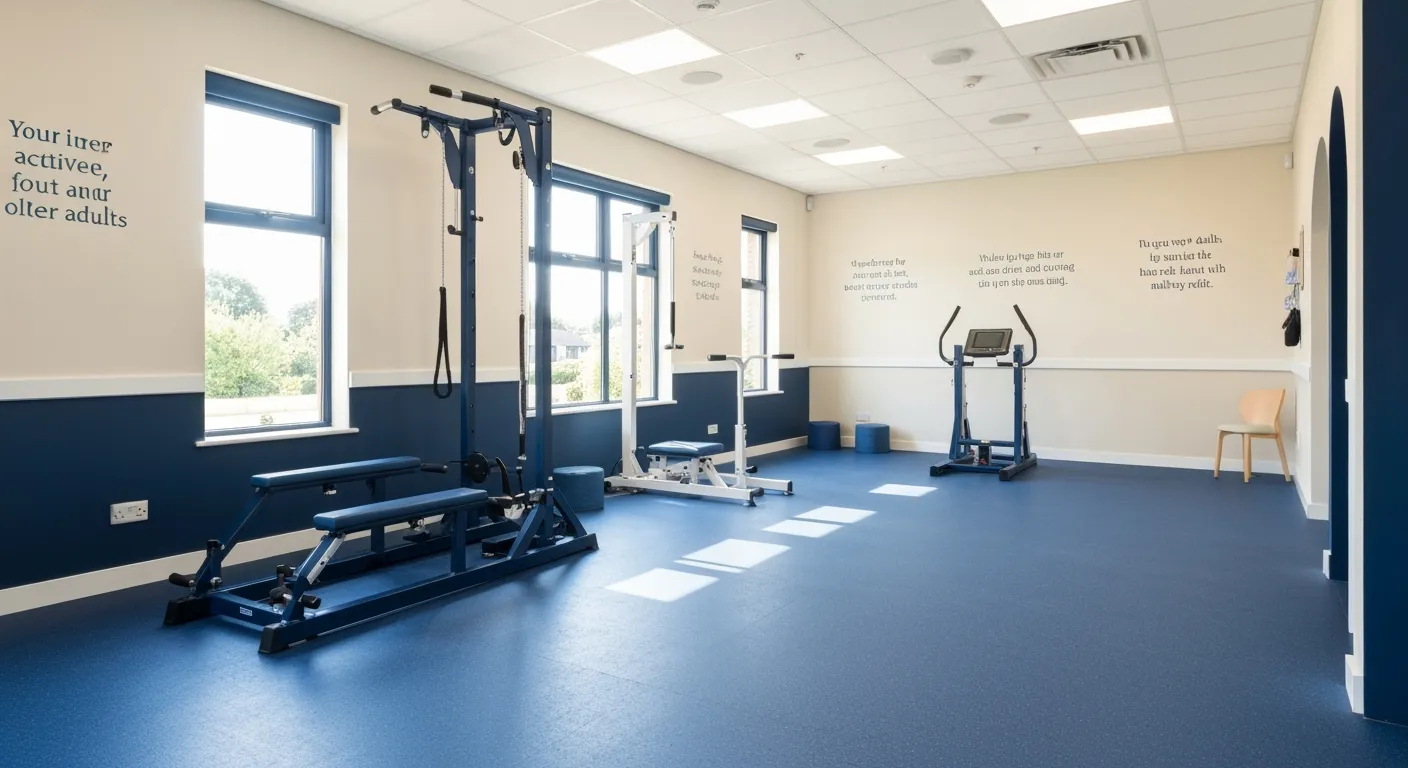
Physiotherapy Interventions for Balance and Fall Prevention

How Physiotherapy Helps Post-Surgical Recovery

Lifestyle Advice Everyone with Back Pain Should Follow

Chiropractic Industry Statistics: Growth, Demand, and Future Trends

Myofascial Release: What It Is and Why It Matters

Chiropractic Care vs. Traditional Medicine: Cost and Effectiveness Statistics

Ergonomic Workspace Tips to Support Spinal Health

Why Proper Breathing Matters During a Massage Session
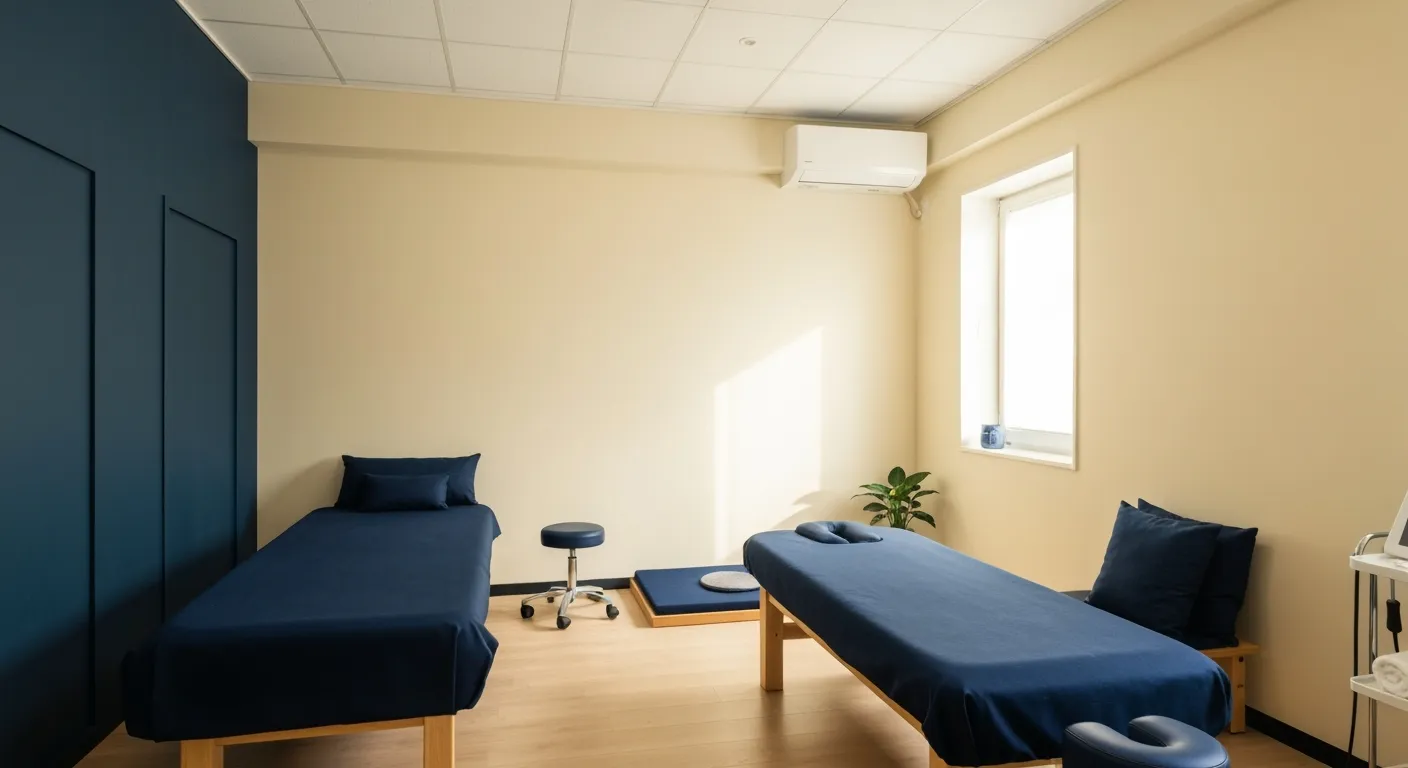
Client Retention Trends in the Therapeutic Bodywork Industry
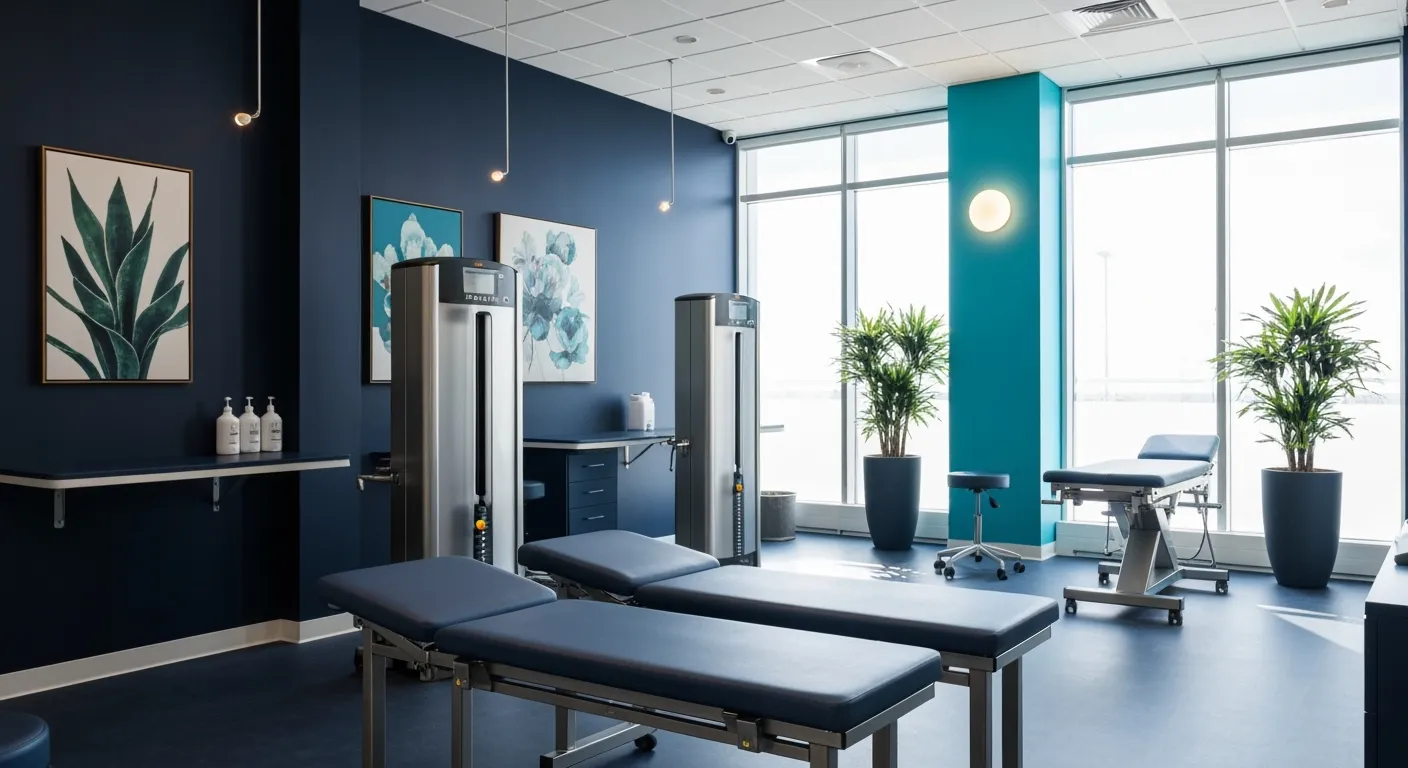
Why Physiotherapy Is Key in Preventing Re-Injury

How Massage Therapy Supports Natural Pain Relief
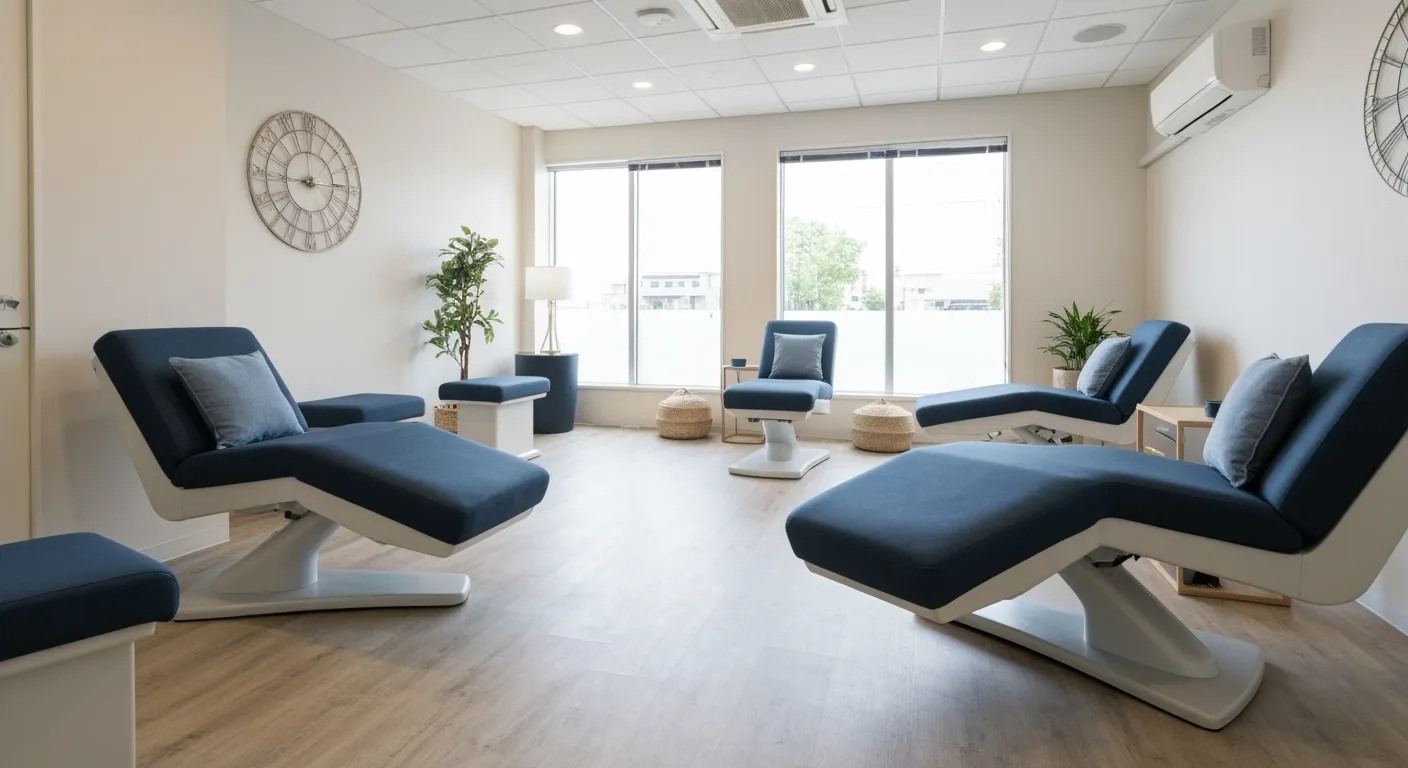
Healthcare Cost Reduction Through Preventive Bodywork Use
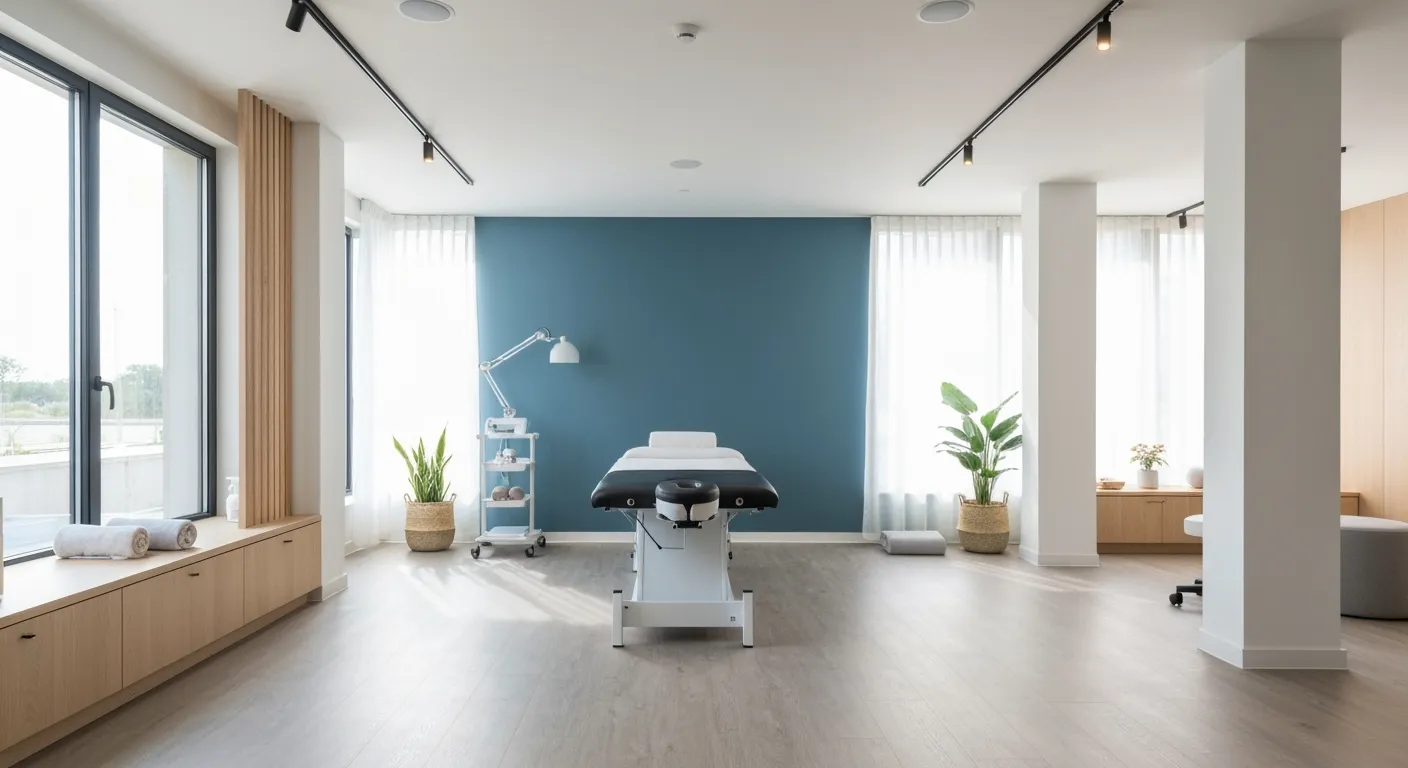
Athlete Massage Statistics: Pre-Event vs. Post-Event Outcomes

Massage for Migraine and Headache Relief

